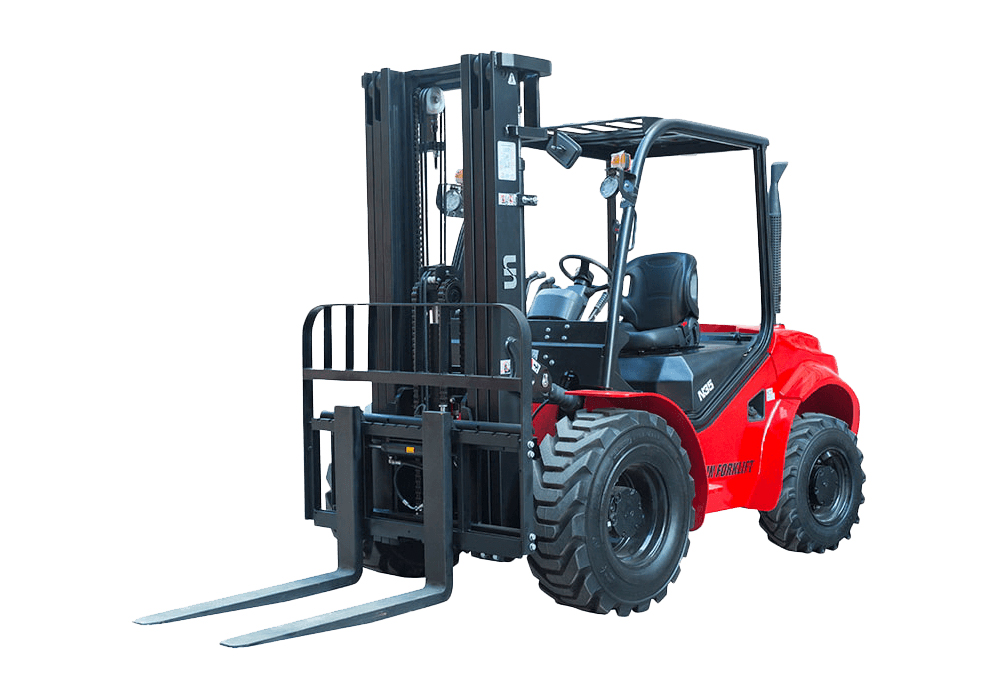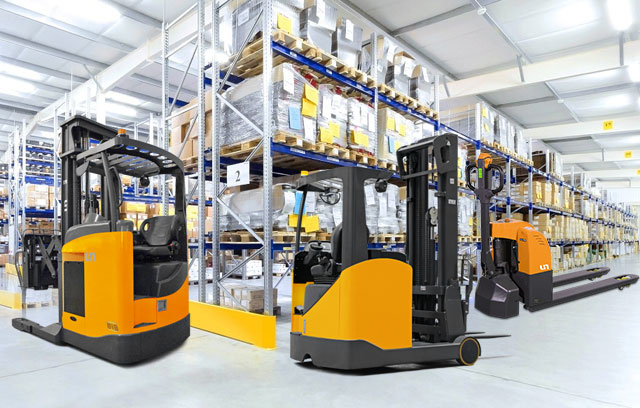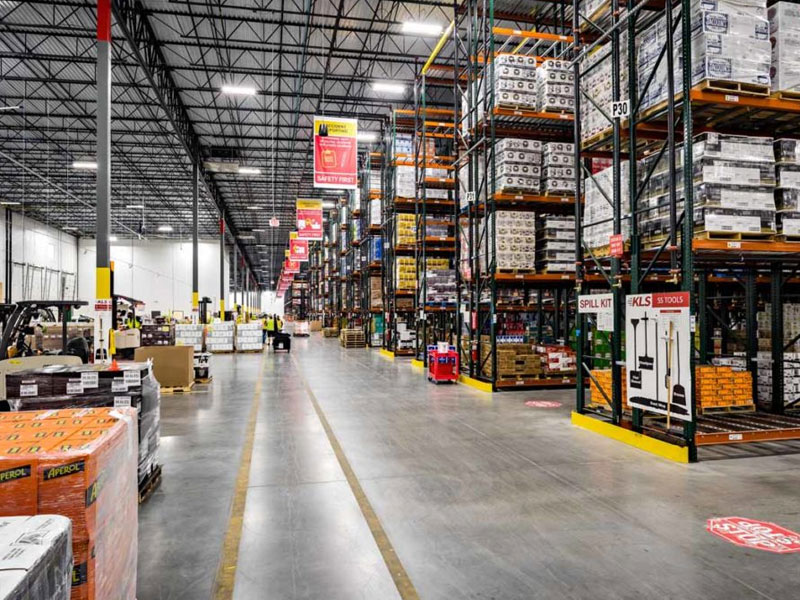Worn tires can put about 15 to 18 percent more pressure on a forklift machine than normal, simply because the tire is smaller, or because its spots can cause extra bumps and bumps while driving. To avoid permanent long-term damage to your forklift, make sure your tires are in top condition and don't drive too long without replacing your old tires.
However, since much of the wear of heavy duty forklift tires is gradual and occurs over time, it can be difficult to know exactly when a tire needs to be replaced. Fortunately, there are many you can check each month to know when to replace them. Follow these guidelines for proper forklift tire maintenance.
Diameter measurement
As a general rule of thumb, any time a forklift tire's cushion tire loses 1.5 inches in diameter or a solid pneumatic or elastic tire loses 2 inches in diameter, it should be replaced. Usually, the original diameter is stamped directly on the outside of the tire, so you can simply measure from side to side through the center to see how much the diameter dimension has decreased over time.
obvious shock transfer
If a forklift operator notices vibrations transmitted from the tires to his cab or an increase in the load the forklift is carrying, it is time to check the tires and possibly replace them. One of the main jobs of a tire is to ensure that a forklift's load is protected from shocks during transport, so if shock transmission causes damage, action needs to be taken.
normal wear
If you notice thin tread on your tires, it's definitely time to replace them. Most of the time, the middle of the tire will start to look bare, while a bit of tread is still visible on the outer edges. In addition to tires being smaller than they should be, tires lose traction, increasing the risk of work-related accidents.
other visible signs
Visible signs of damage, such as a piece of rubber falling off, a tear in the rubber, or a flat spot, also indicate the need for a new tire. In these cases, the tires should be replaced as soon as possible.
for pneumatic tires
On pneumatic tires, you also have to make sure the inflation level is stable. If you notice continuous under-inflation, you may over-pressurize your tires and machine, but continuous over-inflation can cause your tires to lose traction. Proper inflation plays an important role in the maintenance of forklift tires.
The great mystery behind forklift tire wear is that no four tires will wear at an even rate. This can be frustrating, but it makes it all the more important to check your forklift tires monthly by measuring and checking for signs of damage. Workplace accidents involving forklifts can also be reduced by constantly checking for damage and performing maintenance in a timely manner.
N Series 2.5T-3.5T Four-Wheel Drive Rough Terrain Forklift

N Series 2.5T-3.5T Four-Wheel Drive Rough Terrain Forklift

UN’s 4WD rough terrain forklift was developed based on the successful of 2WD rough terrain forklift. It’s compact design and strong off-road capability makes UN 4WD rough terrain forklift ideal for most of the tough applications. Such as construction, forestry, mining, agriculture industries with different ground conditions and weather conditions.
UN 4WD rough terrain forklifts definitely improve your productivity, and become your reliable partner for tough job.
Build For All-Terrain
4WD mode is especially for tough area, and it could switch to 2WD mode if 4WD is unnecessary, this could save energy and prolong the transmission life.
With 45% differential lock in both front and rear axle, so it could work well in slippery or muddy area.











 中文简体
中文简体 عربى
عربى Español
Español














